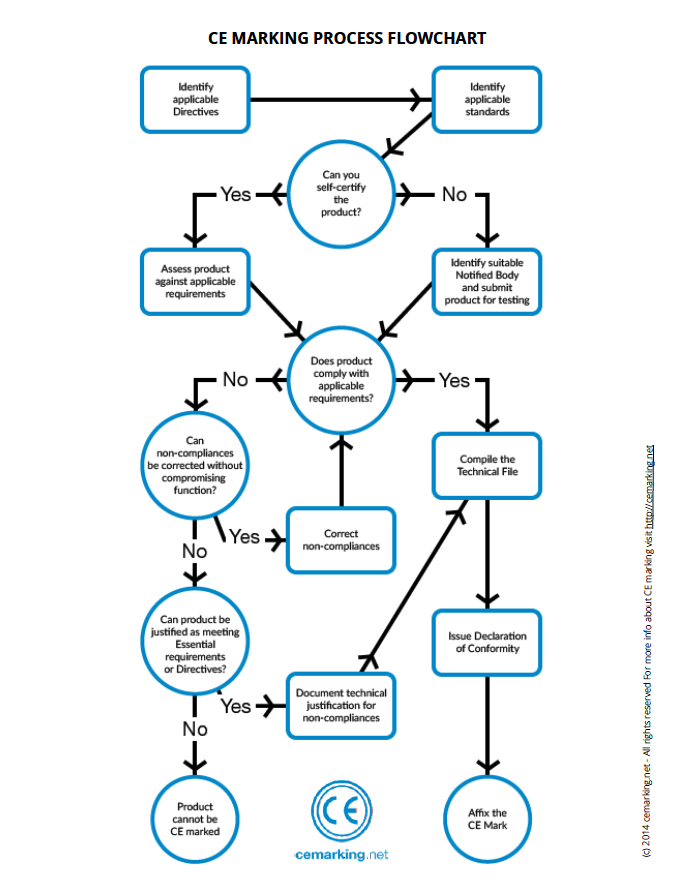
Phytl Signs devices are classified as electronic equipment and so if we want to sell products in Europe they need to be CE marked. A manufacturer attaches the CE mark once they have sufficient evidence that their product meets the health, safety and environmental standards outlined in the European CE marking directives.
Because we don’t have the necessary equipment, in our case an anechoic chamber and a large antenna, nor the real expertise, we have outsourced the testing of our device to a specialist test service company, ETS who as well as certification, offer to help resolve any technical issues.
 This image shows electromagnetic energy being emitted by our device. The red areas show higher energy which in this case is mainly coming from the battery.
This image shows electromagnetic energy being emitted by our device. The red areas show higher energy which in this case is mainly coming from the battery.
Nick Barker, an engineer educated at Cambridge with years of experience, is leading efforts to certify our products and commented, “We’ve learned how to improve the performance of our current product and now have ideas for design enhancements for the next generation of products as well. Working with ETS on CE certification has been very valuable.”
The process for gaining the CE certification is neatly outlined in the attached infographic from CE certification expert Han Zuyderwijk who helps product developers manage the CE certification process smoothly, cost effectively and professionally. He also writes a very informative blog / vlog.
The process of CE marking is adding value to our business through the insights we’ve gained on product performance and documentation and the contacts we’ve made with our new suppliers.





